Huawei held the Mate 50 launch in South Africa recently and while it was exciting that they are bringing their flagship devices to Africa, what was even more exciting was the other products around the launch. Namely their power backup solution in the form of the Huawei iSitePower-M. It’s an all-in-one power backup solution that consists of an inverter and a battery, just like a Tesla Powewall.
Configurations and specs
The basic unit of the Huawei iSitePower-M consists of a 5KW inverter paired with a 5KWh battery. Essentially similar specs to a 5KVA inverter and 48V 100Ah lithium battery, the most common consumer solar backup systems being put up in homes in Zimbabwe.
A single 5KW unit can have a maximum of 6 battery units connected to it for a maximum capacity of 30KWh which is enough to power a constant load of 2KW (typical domestic load) for 15 hours. A maximum of 3 inverters can also be connected in parallel for a maximum power output of 15KW and a maximum of 3 batteries per inverter to bring the maximum total capacity to 45KWh. So these Huawei backup modules are ideal for domestic and light office use.
How does Huawei’s solution compare with traditional systems?
The system Huawei is selling is modular which makes it fairly simple to set up. You will need a qualified electrician though to connect the system correctly to the mains, the grid, and the solar panel array if you will be including one. But even with that, its modularity reduces complexities between the inverter and the battery. It’s also quite aesthetically pleasing.
In terms of cost, a good quality 5KW inverter goes for around US$850 and most 48V 100Ah (4.8KW) lithium batteries go for US$1,350 bringing the total cost of the traditional battery and inverter package to US$2,200. Huawei’s solution is going for R 47,379 (US$2,755) for just the battery and for the basic system R 72,099 (US$4,194). It seems pretty expensive. Almost double the price of a traditional system.
However, a high-end traditional system making use of Victron Energy inverters will be right around the same price range. A 5KW Victron Energy inverter system and the associated modules will set you back US$3,294 before we include the battery which then takes the total to US$4,644. So in such a case, Huawei’s solution is priced similarly to a high-end traditional power backup system, or be it about US$ 500 cheaper.
One of the most useful features Huawei added to the Huawei iSitePower-M is support for 2 strings on its solar power inputs.
What are strings?
When setting up solar systems, all the solar panels need to be facing the same direction for the best system performance. In Zimbabwe, the best side they must face is to the north because it gets most of the sunlight throughout the year.
That is the ideal, however not every roof has a face pointing north to mount the panels. Some have a north-facing plane but the area is too small to fit the ideal amount of panels. So if you wish to have multiple solar panel groups facing different directions, you need an inverter and/or MPPT charge controller for each solar panel group. Each of these panel groups is what is termed a string. It gets expensive really quickly especially if each inverter is getting its own battery.
Almost all brands of inverters support only single strings. One bank of panels all facing the same direction. The Huawei iSitePower-M supports up to 2 strings which adds flexibility to those who might not have ideal roofs that accommodate all their solar panels in one string and need it split into 2.
Huawei iSitePower-M vs Tesla Powerwall
A direct competitor to the Huawei iSitePower-M is the Tesla Powerwall. The basic configuration is a 5KW inverter and a 14KWh battery. This is comparable to Huawei’s 5KW solution with 3 batteries. Such a setup can run a typical continuous domestic load of about 2KW for 7 hours.
Huawei’s system can only go up to 30KWh in its 5KW configuration and 45KWh in its 15KW configuration. Tesla’s system can allow for up to 10 Powerwalls to be connected together for up to 135KWh of storage. For light commercial applications, Tesla’s system offers more storage capacity than Huawei’s.
Let’s talk about price. A 5KW 15KWh Huawei iSitePower-M is going for R 195,906 (US$11,349) and Tesla’s Powerwall for R 143,750.00 (US$8,335). Tesla’s solution is much cheaper than Huawei’s but availability is still pretty limited to a few distributors in South Africa. As for Huawei, you can even get them on e-commerce sites like Takealot so availability is really good. Also with Huawei already having a physical presence in South Africa and officially launching them there, the expectation is backup and support for these systems will be quite good.
That said, these are very premium backup systems and are a bit out of reach for a majority of prospective buyers in Zimbabwe. The average 5KW system including solar panels retails for around US$5000 in Zimbabwe. It will not be a high-end system but it is good enough for most. Those that want more than an average backup system can have a look at an additional option in the form of the Huawei iSitePower-M.
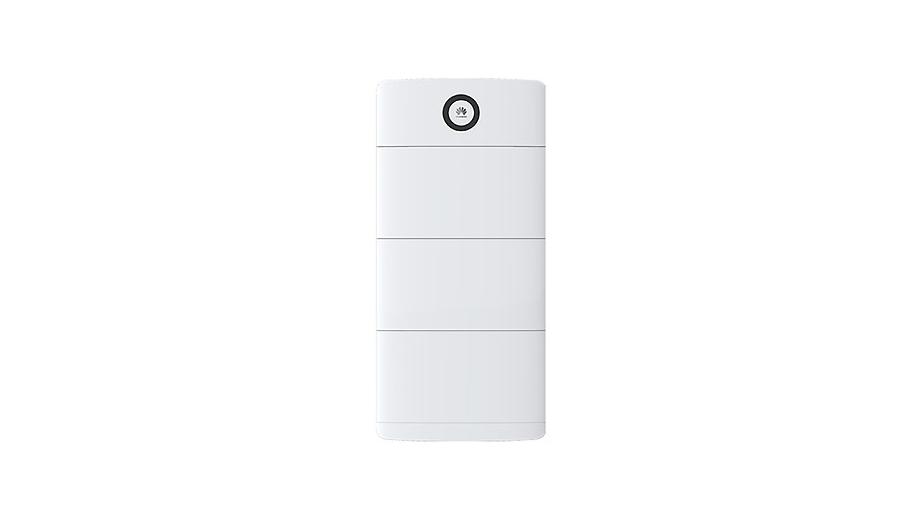



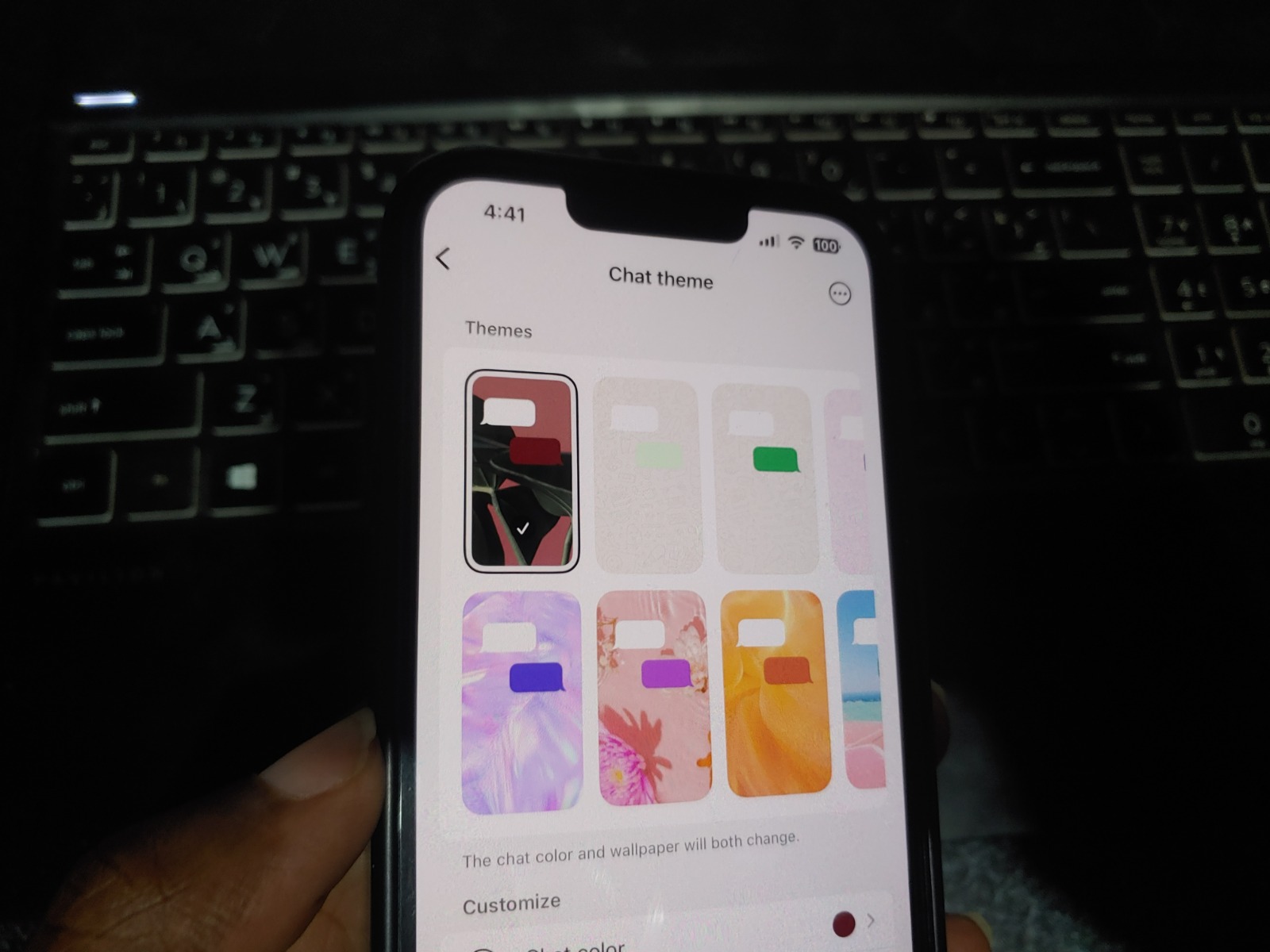

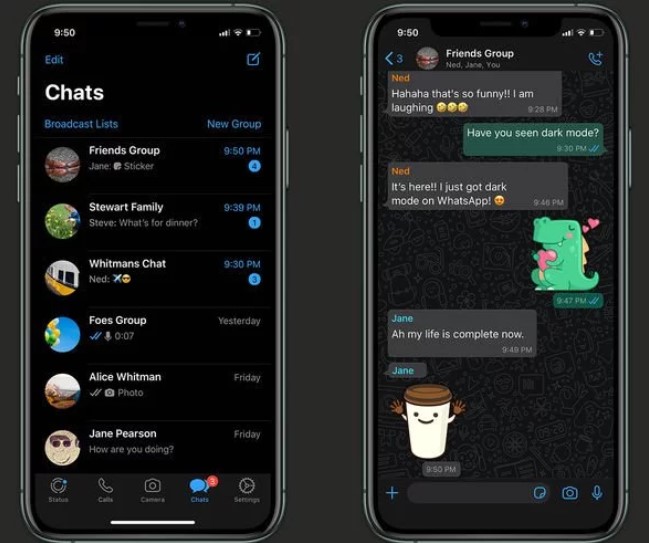

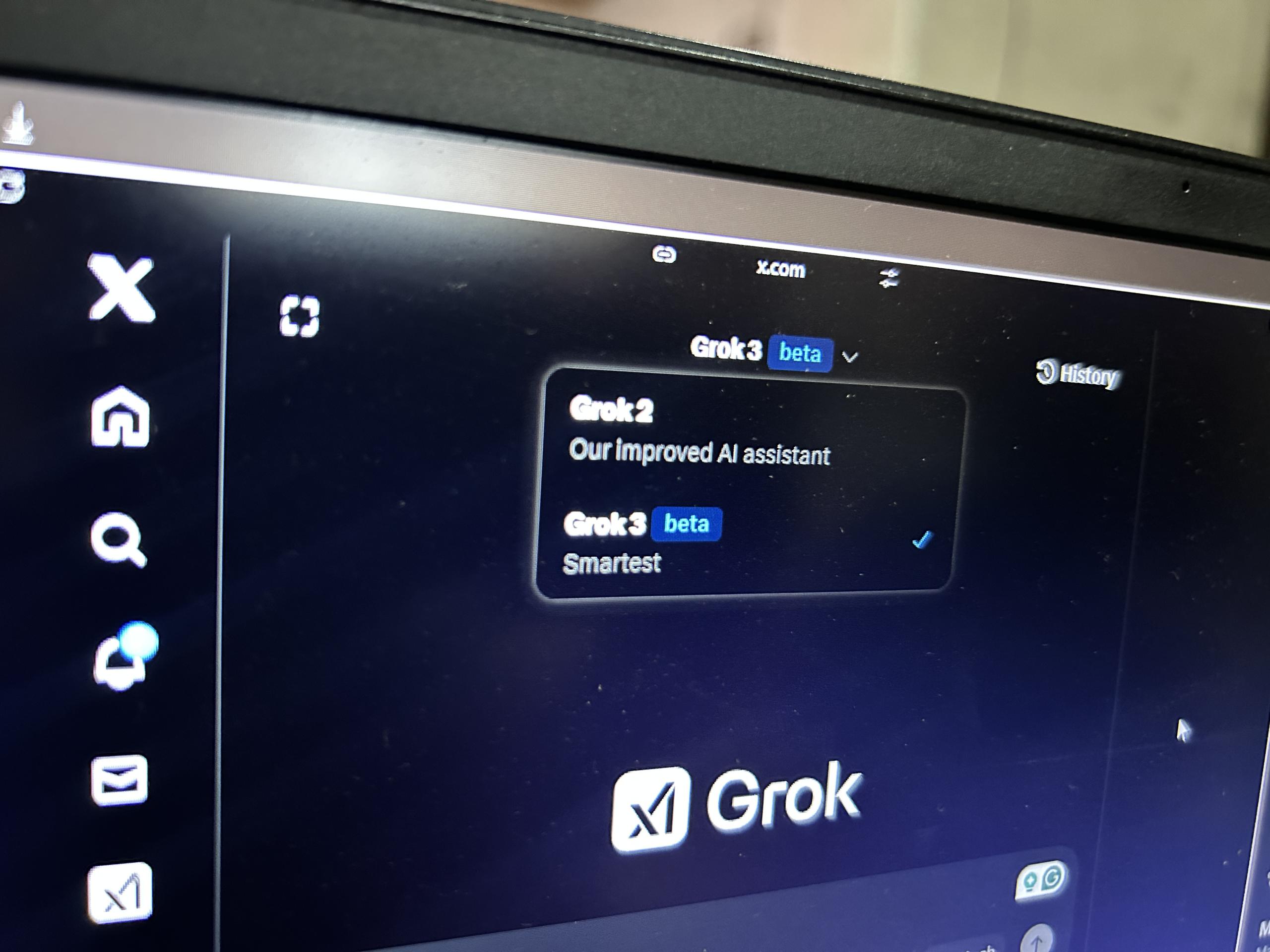

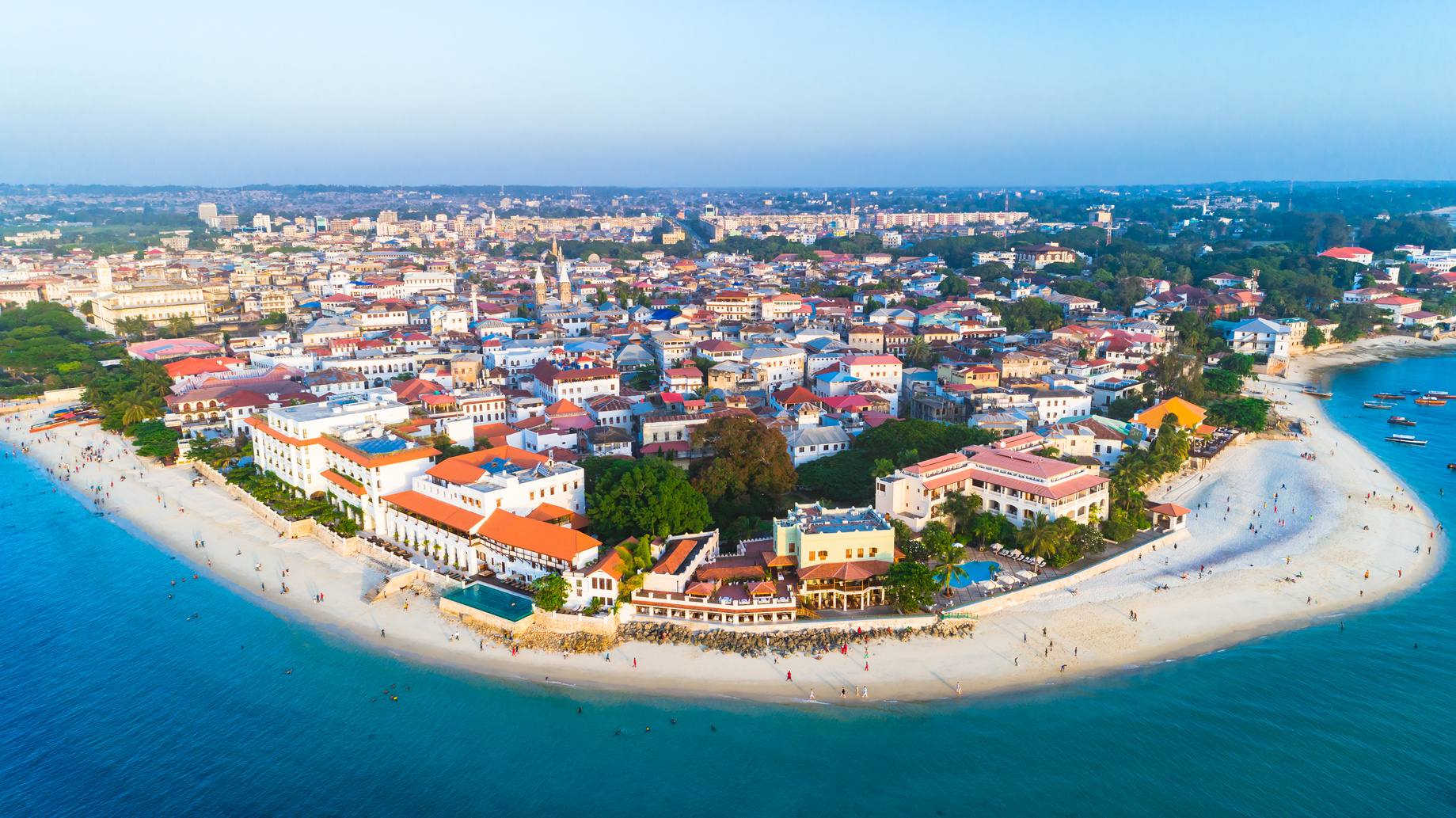

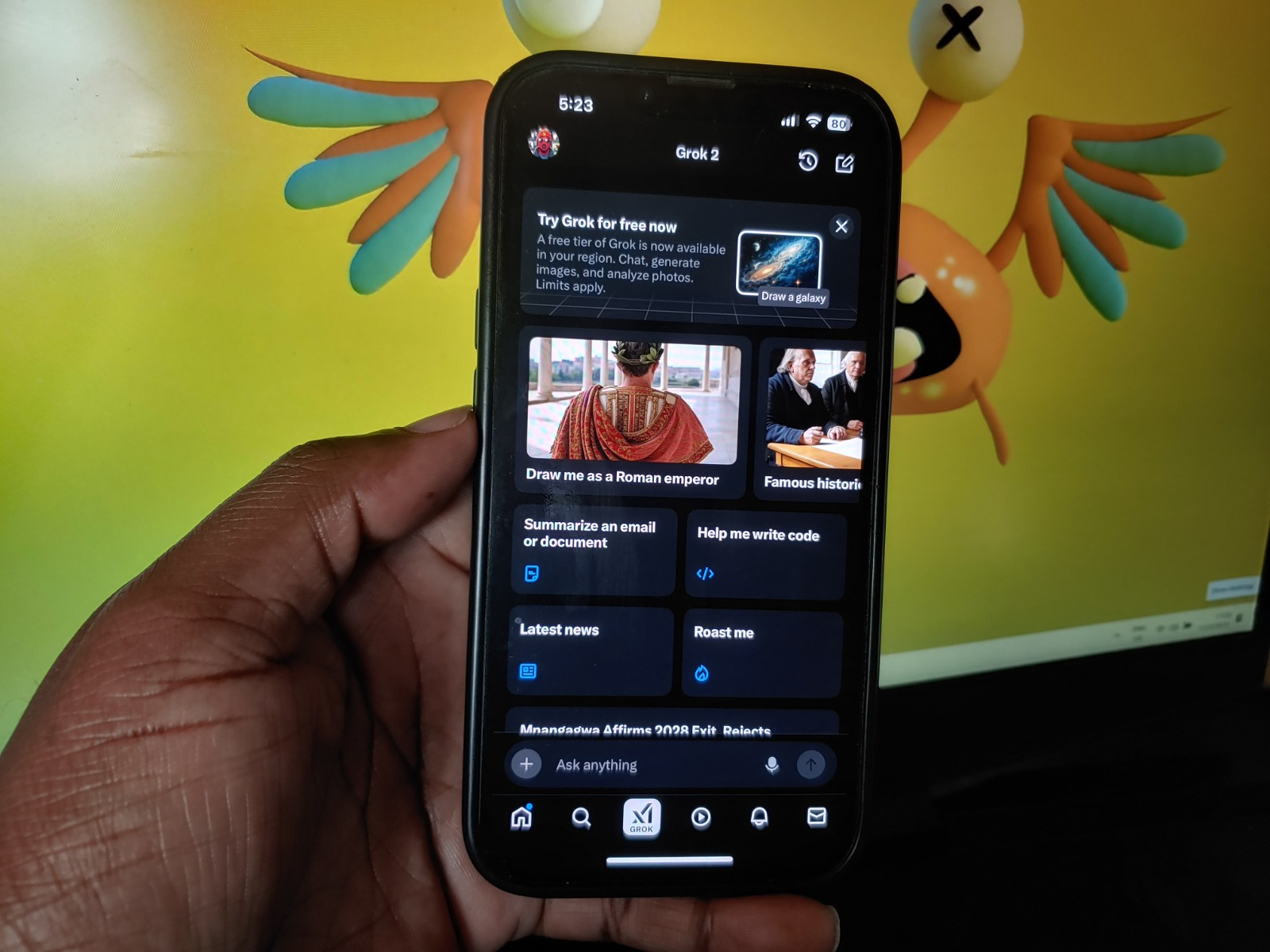

Comments
3 responses
I have to say Tesla power wall is very reasonable
We purchased an iSite for a pilot project. There is a major caveat in Huawei’s offering, in that does not support iOS. All commissioning, management and remote monitoring can only be performed using Android running HMS. Huawei were made aware of the problem, to which they responded “ Due to sanctions, there is currently no IOS release plan.” The unit was returned.
The ability to expand is one great difference from traditional setups, which usually require more tinkering/know-how and an inverter that supports it.